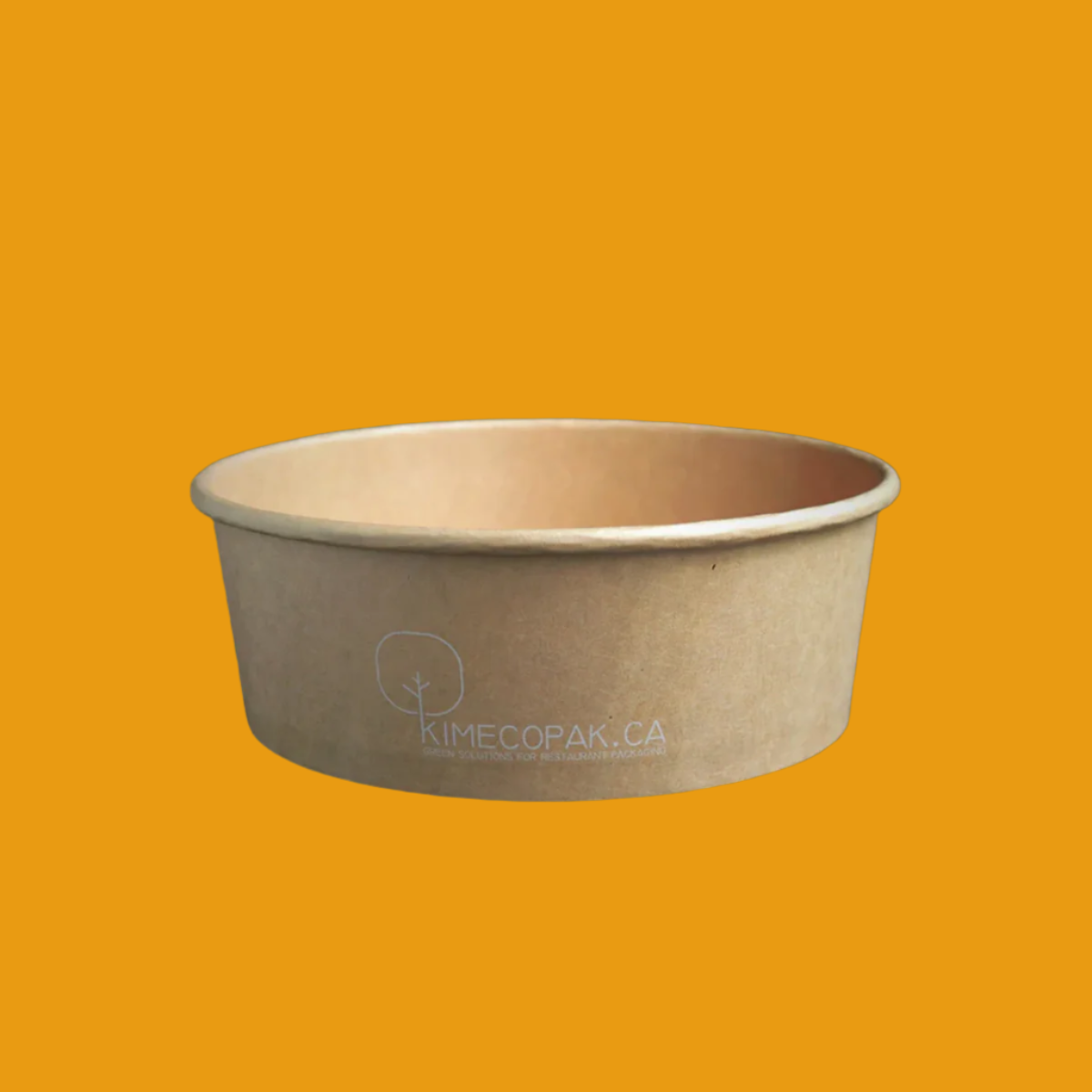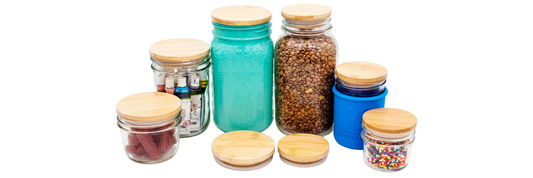Making the switch to paper bags offers numerous benefits for supermarkets and convenience stores, including reducing plastic waste and complying with regulations banning single-use plastic checkout bags. However, are you struggling to find an efficient and space-saving way to organize your paper bags? This article will provide you with practical solutions to tackle this challenge.
- How To Store Right Reusable Bags?
- How to Store Glass Straws?
- The Right Way to Clean Your Reusable Bags
Benefits of Storing Paper Bags
Storing properly paper bags brings various benefits for supermarket and convenience stores. While the environmental advantages are undeniable, there's another benefits, including:
- Cost savings: Paper bags are a significant investment for any store. Disorganized storage can lead to damage, loss, and the constant need to restock. Implementing a well-structured system safeguards your paper bags, minimizing unnecessary purchases and ensuring you have the right amount on hand for peak periods.
- Improved customer experience: Frustration can arise during checkout when cashiers struggle to find the appropriate bag size. Easy access to a variety of bag options streamlines the checkout process, creating a more positive experience for your customers.
- Space optimization: Floor space is precious real estate in any retail environment. Utilizing designated storage areas for paper bags frees up valuable floor space in your checkout area. This allows you to maximize the use of this prime area for displaying merchandise or creating additional customer service points.
- Enhanced brand image: A well-organized and tidy bag area reflects a sense of professionalism and efficiency. This can leave a lasting positive impression on your customers, contributing to a stronger brand image and fostering customer loyalty.
Overall, prioritizing paper bag storage is an investment in both operational efficiency and customer satisfaction. In the next section, let’s go deeper where and how your business can do to store paper bags.

Where to Store Paper Bags?
Storing paper shopping bags properly helps save space for your store or business. In addition, store bags also need to be stored in the right place to avoid damage, while also being easily accessible for employees. Here are some suggestions for storing paper bags:
- Backroom Storage: The backroom is a great place to store large quantities of paper bags. It is out of the way of customers and employees, and it provides a safe and secure place to keep the bags.
- Designated Shelving: Installing labeled shelves near checkout counters is a great way to store commonly used sizes of paper bags. This makes it easy for employees to find the right size bag for customers, and it also helps to keep the checkout area organized.
- Wall-Mounted Dispensers: Wall-mounted dispensers are another great option for storing paper bags. They can be installed near checkout counters or in other high-traffic areas, and they allow customers to easily grab a bag without having to ask an employee for help.
However, no matter which method you choose, be sure to store your paper bags in a dry place to prevent them from becoming damaged.
The above are just a few suggestions for your business. Depending on the size of the business, the needs, the number of bags used, and the frequency of deliveries, the business will choose the most suitable option.
How to Store Paper Bags?
When it comes to storing paper bags, there are many different ways to keep them neat and organized. Here are some common methods:
- Folding Techniques: Training staff on efficient paper bag folding techniques is a cornerstone of organized storage. This not only maximizes space but also prevents tearing and damage. Different folding methods work for various bag sizes, so ensuring your team is familiar with the most space-saving and effective techniques is crucial.
- Segregating by Size: Chaos reigns supreme when various bag sizes are jumbled together. To maintain a clutter-free environment, dedicate specific areas for different sizes. This could involve designated shelves labeled with corresponding bag sizes, making it easy for staff to grab the perfect bag for each customer.
- First-In, First-Out Philosophy: Prevent older bags from accumulating dust and potential damage by implementing a first-in, first-out system (FIFO). This means using the newly delivered bags first, ensuring a steady rotation and minimizing the risk of outdated bags languishing in storage.
- Boxed Reserves: Be Prepared for Anything: Unexpected surges in customer traffic can deplete your readily available bag stock. To handle this, maintain a boxed reserve of bags in the backroom. This ensures a smooth checkout experience even during peak hours and minimizes the frustration of running out.
Beside the methods above, your business can consider the ways below for the best suitable practice:
- Invest in sturdy containers: Utilize stackable bins or boxes for organized and protected storage.
- Utilize vertical space: Install shelves high on walls or utilize overhead storage to maximize floor space.
- Clear containers for quick identification: This allows staff to grab the right size bag without having to open every container.
- Labeling: Clearly label all containers and shelves with bag sizes and quantities for fast and easy access.
By implementing these strategies, supermarkets and convenience stores can transform paper bag storage from a mundane task into an efficient and streamlined process.
Frequent Asked Question
Question 1: How often should we check paper bag inventory?
The ideal frequency for checking paper bag inventory depends on your store's average daily usage and peak hours. Here are some factors to consider:
- Average Daily Usage: Track your daily paper bag consumption to establish a baseline.
- Peak Hours: Identify the days and times of highest customer traffic, as these periods are more likely to lead to stock depletion.
- Delivery Lead Time: Factor in the time it takes for a new paper bag shipment to arrive.
Question 2: What happens to damaged bags?
Damaged paper bags compromise the customer experience and pose a safety risk. Here's how to manage them:
- Identification: Train staff to identify damaged bags during unpacking or while restocking shelves.
- Proper disposal: Allocate a designated bin for damaged bags. Ensure proper disposal practices are followed, adhering to local recycling or waste management regulations.
Question 3: Are there eco-friendly options for paper bag storage?
In today's environmentally conscious world, even storage solutions should be sustainable. Consider using recycled cardboard boxes or repurposed shelving for your paper bag storage.
Conclusion
Storing paper bags in the right ways and right places is necessary to maximize efficiency, maintain a positive customer experience, and ensure a sustainable operation. By implementing the strategies outlined in this article, from effective folding techniques to eco-friendly storage solutions, businesses can confidently navigate the switch to paper bags, achieving both operational excellence and environmental responsibility.









